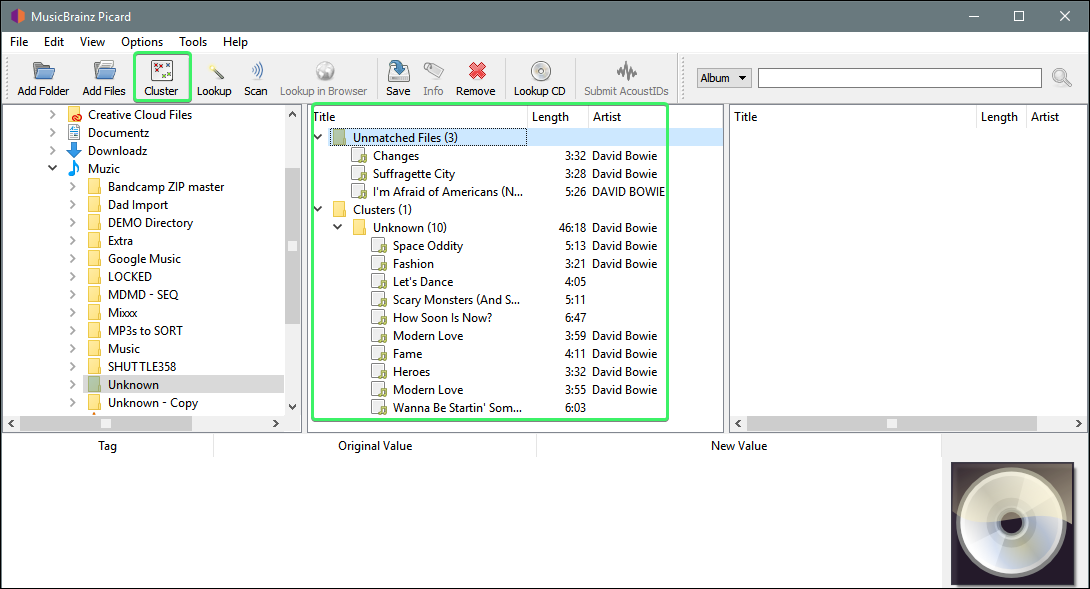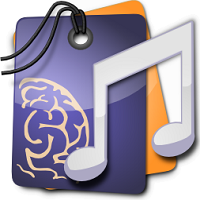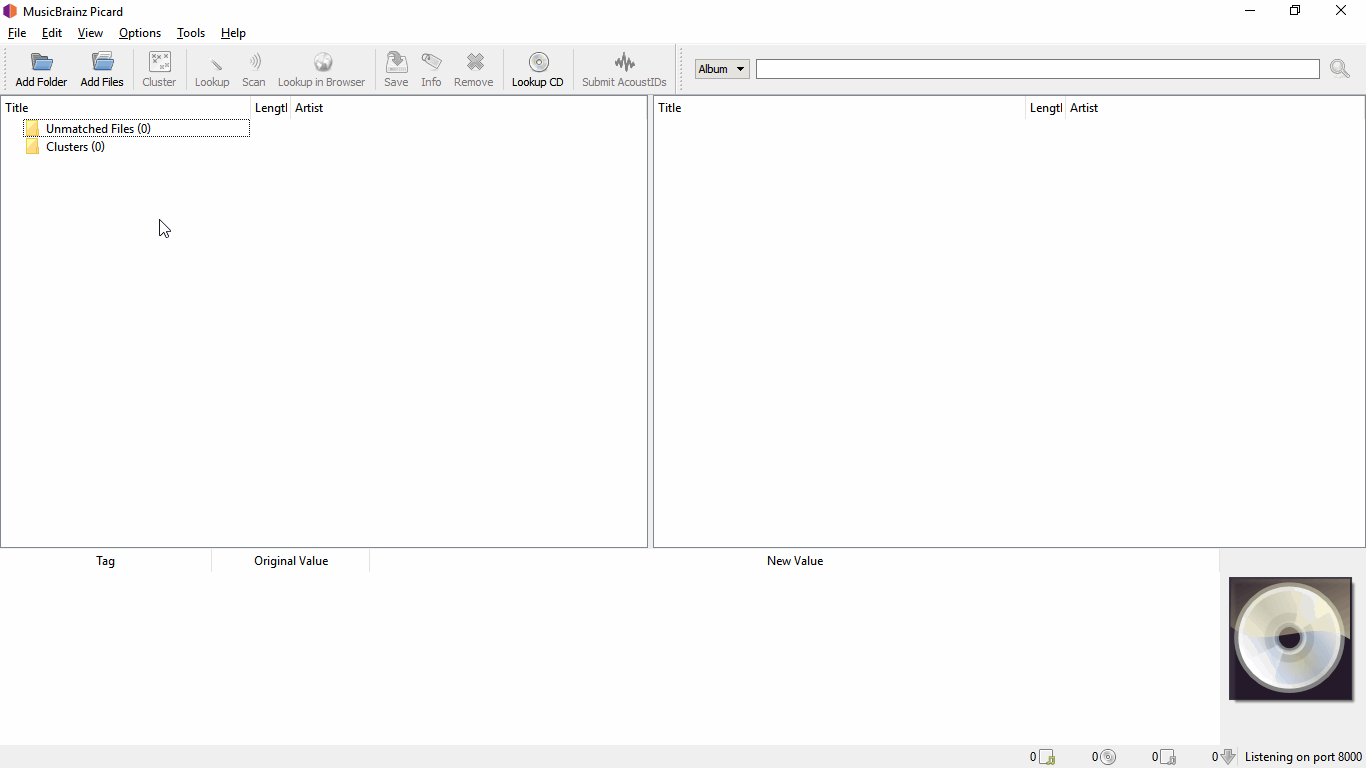



Your default browser will open and allow you to find the right album manually. If nothing happened when you clicked the Lookup or Scan toolbar button, click the Lookup in Browser button toolbar button. Since you are a new Picard user, we recommend that you read the steps in betweenĪlternatively, you can also try to use the Scan toolbar button to lookup files using their AcoustID, which is a unique finger-print associated with each recording. On your previous metadata, album will show up in the right-hand pane. Select a clustered album and click the Lookup toolbar button to look the cluster up. Wait for Picard to process the files (the names will turn from grey to black) and then click the Cluster toolbarīutton to cluster files into album clusters. Click on the View menu and then select File Browserĭrag a folder to the Unmatched Files folder in the right-hand pane. For ease of use it is recommended to use the File Browser to manage file system interactions. Add your files using the Add Files or Add Folder toolbar buttons.Picard believes in quality over quantity and provides a plethora of customizations to tweak music collections to your needs. You should note - Picard is not built to be a mass single-track tag fixer.
USING MUSICBRAINZ PICARD UPDATE
They update automatically and roll back gracefully.This quick start guide describes how you can tag your files using Snaps applications packaged with all their dependencies to run on all popular Linux distributions from a single build. Snaps are self-contained applications running in a sandbox with mediated access to the host system. The packages, called snaps, and the tool for using them, snapd, work across a range of Linux distributions and allow upstream software developers to distribute their applications directly to users. Snap is a software packaging and deployment system developed by Canonical for operating systems that use the Linux kernel.
USING MUSICBRAINZ PICARD INSTALL
So we can download and install it using snap manager.
USING MUSICBRAINZ PICARD HOW TO
In this guide, we will show you how to install MusicBrainz on RHEL | CentOS | Rocky Linux systems


 0 kommentar(er)
0 kommentar(er)
